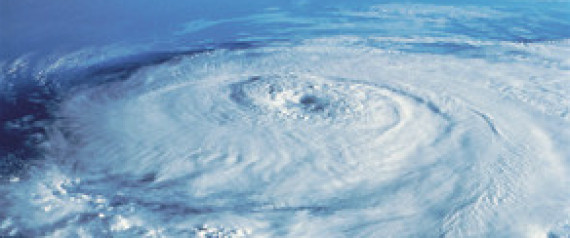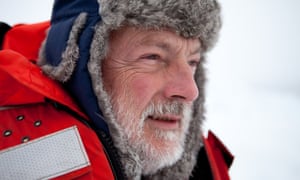For interviews in Portland, contact: Daphne Wysham, Sustainable Energy and Economy Network: 202-510-3541; Meredith Cocks, Portland Rising Tide, 703-994-6359; or Maya Jarrad, 350PDX: 802-598-2402; Marilyn Sewall, Minister Emerita, First Unitarian Church, (971)263-1961.
Portland, OR — In record heat, members and organizers with the Climate Action Coalition in Portland, OR, together with Greenpeace activists made history on Thursday when they forced the MSV Fennica, the Arctic icebreaker, to stand down, delaying its departure by approximately 40 hours. The Fennica is now headed for the Arctic where it will assist Shell Oil in drilling for oil.
The non-violent direct action of “kayaktivists”—activists on kayaks—and Greenpeace climbers suspended from the St. John’s Bridge in Cathedral Park in Portland, OR, focused international attention on the recklessness of Arctic drilling at a time when scientists tell us we must leave all unproven and most proven reserves of fossil fuels in the ground if we are to avoid dangerous and possibly runaway climate change.
As the Fennica approached, kayakers paddled toward the icebreaker and continued to impede its path. Law enforcement out on the water intervened; approximately 25 kayakers and canoers were detained; 11 were taken to the Coast Guard and detained and issued $500 citations, and at least two others were also issued $500 citations. At least three may face serious legal charges. Local representatives of CAC received reports from some observers that Coast Guard and other law enforcement boats were ramming kayaks to knock people into the water. One law enforcement boat allegedly ran over a kayaker who was forced between the moving Fennica and the law enforcement boat. Most disturbingly, a representative of the Backbone Campaign acting as part of the boat safety crew was detained by law enforcement while attempting to rescue two kayakers who had fallen in the Willamette River, creating a situation that could have been tragic. Portland Rising Tide activist Jonah Majure locked his neck to the railroad bridge before the boat attempted to come through, but was removed by police.
Despite the hazards and risk of arrest, at least 500 people gathered on the shore, chanting, “Stop that boat! Stop that boat!” At one point, the Fennica did indeed stop when kayaks again flooded its path, but the ship eventually passed through the blockade.
The Climate Action Coalition remains deeply disappointed that President Obama has not rescinded Shell’s permit to drill in the Arctic, despite broad public opposition, but we are buoyed by Oregon Senator Jeff Merkley, who has come out in opposition to Arctic drilling. The Climate Action Coalition considers the blockade to be a huge victory that drew attention to the crisis of climate change and the recklessness of Shell’s Arctic drilling.
“We are grateful for the huge outpouring of support from the local and global community, demonstrating broad public concern around both Arctic drilling and climate change,” said Meredith Cocks of Rising Tide. “Between the bridge climbers, the railroad lockdown, and the kayak flotilla we were fighting by land, air and sea!”
“Scientists have sounded the alarm, telling us we need to keep most of our known fossil fuel reserves in the ground, and we have heeded the call with direct action in defense of our planet. Hundreds of Portlanders joined us in saying, ‘Shell No!’ and 'Stop that boat!' and we are grateful for their support,” said Maya Jarrad with 350PDX.
“There is no greater moral issue before us today than global warming. Our generation has a sacred calling to prevent the worst: flooding of our cities, refugees fleeing rising water, failed states, and armed conflict over resources. The activists who created the blockade with their very bodies are spiritual warriors of the highest degree,” said Rev. Marilyn Sewell, Minister Emerita, First Unitarian Church of Portland.
"When our elected officials refuse to act on climate change and permit extreme energy extraction such as Shell's reckless drilling in the Arctic, we are prepared to take direct, nonviolent action to preserve a planet for all of our children's sake, and hope others will do the same," said Daphne Wysham, director of the Sustainable Energy and Economy Network.
Climate Action Coalition members, friends, and Sierra Club activists will be gathering again at Cathedral Park on Friday at7 p.m. to celebrate our successes, thank our supporters and build momentum for continuing activism.
For more information about us, see our website at: http://www.climate-action-
For photos, visit our Facebook page: https://www.facebook.com/
Follow the following hashtags: #ShellNO #PDXvsSHell #Floodthesystem














